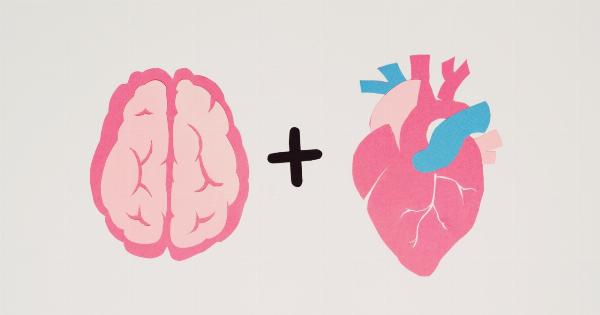Face masks have become a ubiquitous part of our daily lives since the outbreak of the COVID-19 pandemic. Their primary purpose is to prevent the spread of the virus by reducing respiratory droplets that may contain infectious particles.
While face masks offer crucial protection, they also have an unforeseen impact on our ability to communicate emotions effectively.
The Importance of Facial Expressions in Communication
Facial expressions play a vital role in human communication, allowing us to convey a wide range of emotions, such as happiness, sadness, anger, surprise, and fear.
Nonverbal cues, including facial expressions, are major contributors to understanding the intentions and feelings of others. The ability to accurately perceive and interpret these cues enhances social interaction, empathy, and overall emotional connection.
Mask-Wearing and Emotional Communication
With face masks covering a substantial portion of the face, important visual cues that aid emotional communication are obscured. The mouth, which provides valuable information about speech, emotion, and intention, is concealed.
Additionally, masks can impede facial movements that contribute to expressions, such as smiling or raising eyebrows.
The Impact on Facial Expressions
Research studies have shown that face masks significantly impact the recognition and interpretation of facial expressions.
A study conducted by psychologists at the University of Wisconsin-Madison examined the effects of face masks on emotion recognition. The findings revealed that participants displayed lower accuracy in identifying emotions when only the eyes were visible compared to when the entire face was observable.
In another research endeavor led by the University of California, Irvine, participants were shown images of individuals displaying various emotions with and without face masks.
The study found a significant decrease in accurate emotion recognition when the lower part of the face was concealed by a mask. These findings indicate that masks impair our ability to recognize and interpret emotions accurately.
Communication Challenges
Face masks not only disrupt the interpretation of emotions but also pose challenges for individuals with hearing impairments who rely on lip-reading to understand speech. The loss of lip movement hinders their ability to comprehend conversations fully.
In addition, children may face difficulties in understanding the emotions of adults wearing masks.
As younger individuals are still developing their emotional vocabulary and recognition skills, the visual cues provided by their caregivers’ facial expressions play a vital role in their emotional development. Masks can create barriers in this key aspect of learning and emotional bonding.
Adaptations for Improved Communication
Recognizing the importance of emotional communication, individuals have begun exploring alternative methods to compensate for the limitations imposed by face masks. Here are a few potential adaptations that can aid in better emotional understanding:.
1. Utilizing Eye Expressions
As the eyes remain visible even when wearing a face mask, individuals can concentrate on enhancing expression through eye movements.
Widening or squinting the eyes slightly can help convey surprise, while eyebrow movements can assist in expressing various emotions such as anger or curiosity.
2. Nonverbal Gestures
Incorporating more intentional nonverbal gestures, such as hand movements or body language, can help compensate for the loss of facial expressions. These actions can add depth and context to the verbal messages being conveyed.
3. Clear Face Masks
Clear face masks have been introduced as a potential solution to the challenges posed by traditional masks.
These transparent masks enable others to see the wearer’s mouth, facilitating lip-reading and providing essential visual cues for better emotional understanding.
4. Enhanced Verbal Communication
Amplifying verbal communication by using more descriptive language and tonal variations can help convey emotions that would otherwise rely on facial expressions.
By providing additional verbal context, individuals can bridge the gap created by face masks.
The Role of Empathy
During these trying times, practicing empathy becomes even more crucial.
Being aware of the limitations faced by individuals wearing masks and making conscious efforts to enhance our own communication can foster better understanding and emotional connections.
Conclusion
Face masks, while essential for our safety, have unintended consequences on emotional communication.
The obscuring of crucial facial cues poses challenges in accurately recognizing and interpreting emotions, affecting both nonverbal and verbal communication. However, with adaptive strategies and empathy, we can mitigate these challenges and continue to foster meaningful connections even in the face of adversity.































